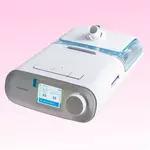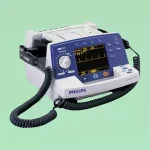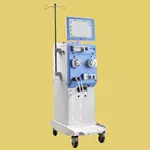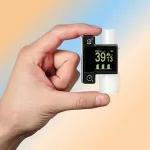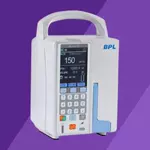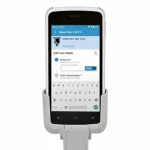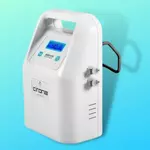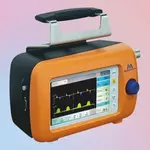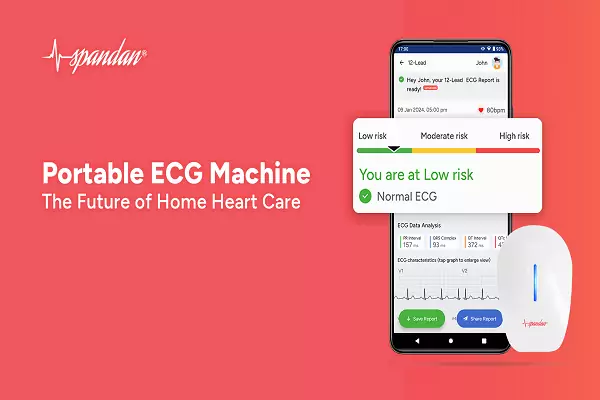Blog
6 Different Types of Dialysis Equipment
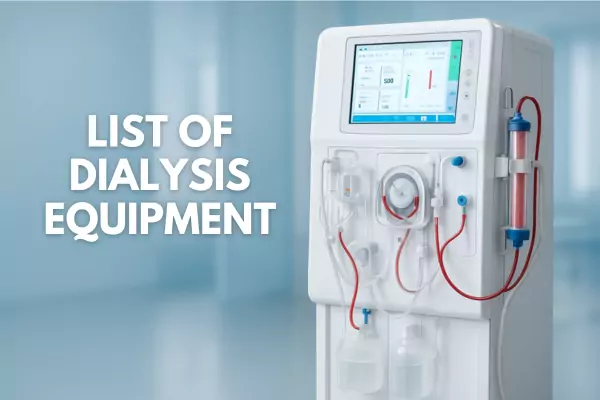
Overview:
Dialysis equipment is a set of specialized medical devices used to perform the life-saving process of dialysis for people with kidney failure or severe kidney disease. When the kidneys can’t filter waste and excess fluids on their own, dialysis equipment steps in to do the job, keeping the body’s chemistry balanced and the patient safe.
What is Dialysis?
Dialysis is a treatment that filters and purifies the blood when the kidneys are unable to do its job on their own. It helps remove waste and extra fluid from the body and maintains chemical balance. This is a life-saving treatment for patients whose kidneys are not functioning properly. Its main purpose is to filter waste, extra fluids, and toxins from the blood when the kidneys fail to do so naturally. Dialysis is often needed in cases of chronic kidney disease (CKD) or acute kidney failure, when the body is no longer able to balance fluids, electrolytes, and waste on its own.
There are two main types of dialysis procedures:
Hemodialysis:
The patient’s blood pressure is an important sign which is required to be closely monitored using devices like patient monitors. In hemodialysis, the patient’s blood is filtered through a dialysis machine using a dialyzer (an artificial kidney).
Peritoneal Dialysis:
The blood is cleaned using the patient’s abdominal lining (peritoneum) and a special fluid (dialysate).
For home-based treatment, portable dialysis machines and infusion pumps help automate the process.
Applications of Dialysis Equipment:
-
Hospitals, for both emergency and regular dialysis treatment.
-
Dialysis centers and clinics, where multiple patients undergo scheduled sessions.
-
Home-based dialysis setups using portable machines for stable, trained patients.
-
ICUs, especially in acute kidney injury or fluid overload.
-
Pediatric nephrology, with specialized equipment for children.
List of Dialysis Equipment:
Hemodialysis machine:
Filters blood through a dialyzer to remove waste, excess fluid, and solutes, working on the principles of diffusion, ultrafiltration, and convection.
Dialyzer:
An artificial kidney that uses a semi-permeable membrane to remove toxins, waste, and excess water from the blood while retaining blood cells, via selective diffusion and ultrafiltration.
Dialysis tubing:
Sterile flexible tubes that connect the patient’s vascular access to the dialysis machine, serving as a conduit for safe, sterile, and controlled blood flow within the closed dialysis circuit.
Continuous Renal Replacement Therapy (CRRT) machine:
Used mainly in critically ill patients to provide slow, continuous dialysis that gently removes waste and fluid, using diffusion and convection to mimic natural kidney filtration with controlled fluid balance.
Peritoneal dialysis equipment:
Cyclers and related supplies that automate and control home-based peritoneal dialysis through timed infusion and drainage, using diffusion for waste removal and ultrafiltration for fluid removal.
Dialyzer reprocessing machine:
Cleans, disinfects, and tests dialyzers for safe reuse, using automated rinsing, chemical cleaning, and integrity testing to ensure proper function while reducing costs.
FAQ About Dialysis Equipment:
What are the names of dialysis equipment?
Dialysis machine, dialyzer (artificial kidney), CRRT machine, peritoneal dialysis equipment, and related accessories such as tubing.
Are portable dialysis machines reliable for home use?
Yes. They are designed for safe home use by stable patients and are reliable when used and maintained properly.
Example models (for reference):
-
Newtech UneCath Hemodialysis Catheter Kit
-
Fresenius FX 8 Low Flux Dialyzer
-
Nipro Elisio 15M Dialyzer
-
B. Braun Diapact CRRT Dialysis Machine
What type of maintenance is required for dialysis equipment?
Regular disinfection, calibration, and filter replacement are essential. Technical servicing should be performed according to manufacturer guidelines.

